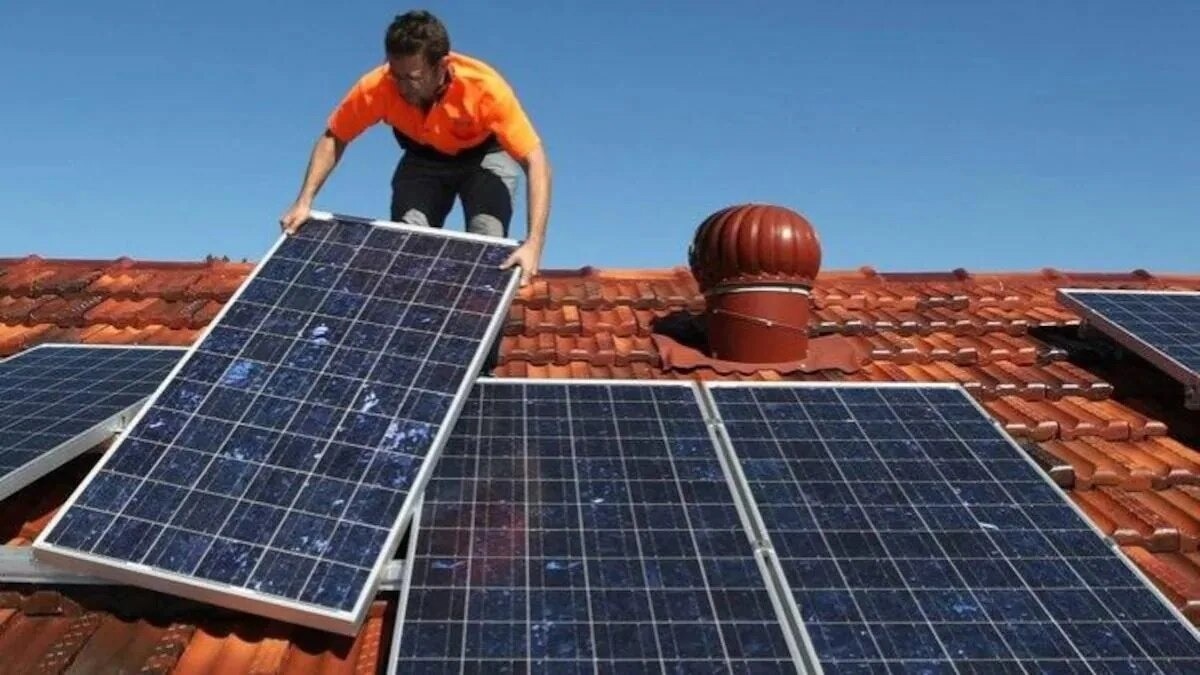India’s ambitious rooftop solar drive, the Pradhan Mantri Surya Ghar: Muft Bijli Yojana (PMSGMBY), has delivered impressive financial and environmental returns in its first year since launch on February 15, 2024. Touted as the world’s largest domestic rooftop solar initiative, the scheme has achieved over 6.8 lakh installations by January 31, 2025, with recent MNRE data suggesting over 10 lakh installations to date.
In a comprehensive cost-benefit and environmental impact assessment, Jaya Dubey, BlueKraft Senior Fellow, the current 6,82,814 installations amount to 26.27 lakh kilowatt-peak (kWp) capacity. These systems are estimated to generate over 4.37 billion units of electricity annually, translating to savings of Rs 1,619.95 crore per year, and a projected Rs 36,089 crore over 25 years. The government’s one-time capital subsidy of Rs 4,410 crore for these installations has thus yielded returns nearly eight times higher, excluding further socio-economic and grid benefits.
Initiated by Prime Minister Narendra Modi on February 13, 2024, this innovative program is designed to provide free electricity to households through the facilitation of rooftop solar panel installations. Eligible households can benefit from a subsidy of up to 40%, making renewable energy more cost-effective and attainable.
Within a span of nine months, 630,000 installations have been successfully completed, demonstrating a remarkable monthly installation rate of 70,000 – ten times higher than the average pre-scheme rate. With a target of reaching one crore households, the initiative is projected to save the government Rs 75,000 crores annually in electricity expenses. By encouraging the adoption of clean energy, this transformative project supports India’s dedication to sustainable development and energy advancements.
On the climate front, the scheme has already helped avoid 3.59 million tonnes of carbon dioxide emissions within one year. When extended over the systems’ 25-year lifespan, total avoided emissions could surpass 89.65 million tonnes—well beyond India’s rooftop solar mission target of 72 million tonnes over the same period. This milestone alone marks a significant step toward India’s 2070 net-zero goal.
What makes the savings even more meaningful is their long-term, recurring nature. Each household that adopts rooftop solar not only reduces dependence on costly grid electricity but also protects itself from future tariff hikes. The cumulative savings at the household level reduce monthly bills substantially, and for DISCOMs, it means reduced subsidy outflow and lower transmission losses.
If the scheme expands to its target of 1 crore households by 2027, national savings could exceed Rs 5 lakh crore over 25 years, boosting GDP, improving energy security, and freeing up government fiscal space. These savings can then be redirected to other development priorities like healthcare, education, and infrastructure. Moreover, reduced reliance on imported coal and gas contributes to improved trade balances, making the economic impact of PMSGMBY both macroeconomically and environmentally transformational.
A state-wise performance index showed Gujarat leading with a score of 0.85, followed by strong showings from Kerala, Uttarakhand, Andhra Pradesh, Maharashtra, and Uttar Pradesh. Union Territories like Lakshadweep and Ladakh also performed well. Funnel analysis revealed the scheme’s main bottlenecks lie in the early stages—registration, application, and installation—while inspection and subsidy disbursal stages recorded high efficiency with conversion rates above 0.79.
To scale further, the study suggests expanding rooftop solar adoption in high-potential states like Rajasthan, Telangana, and Madhya Pradesh, and tailoring interventions for difficult terrains in the Northeast and Himalayan regions. Accelerating digital infrastructure, domestic solar manufacturing, and skill development—especially in low-performing states—will be key to unlocking the full potential of the scheme in India’s clean energy transition.
